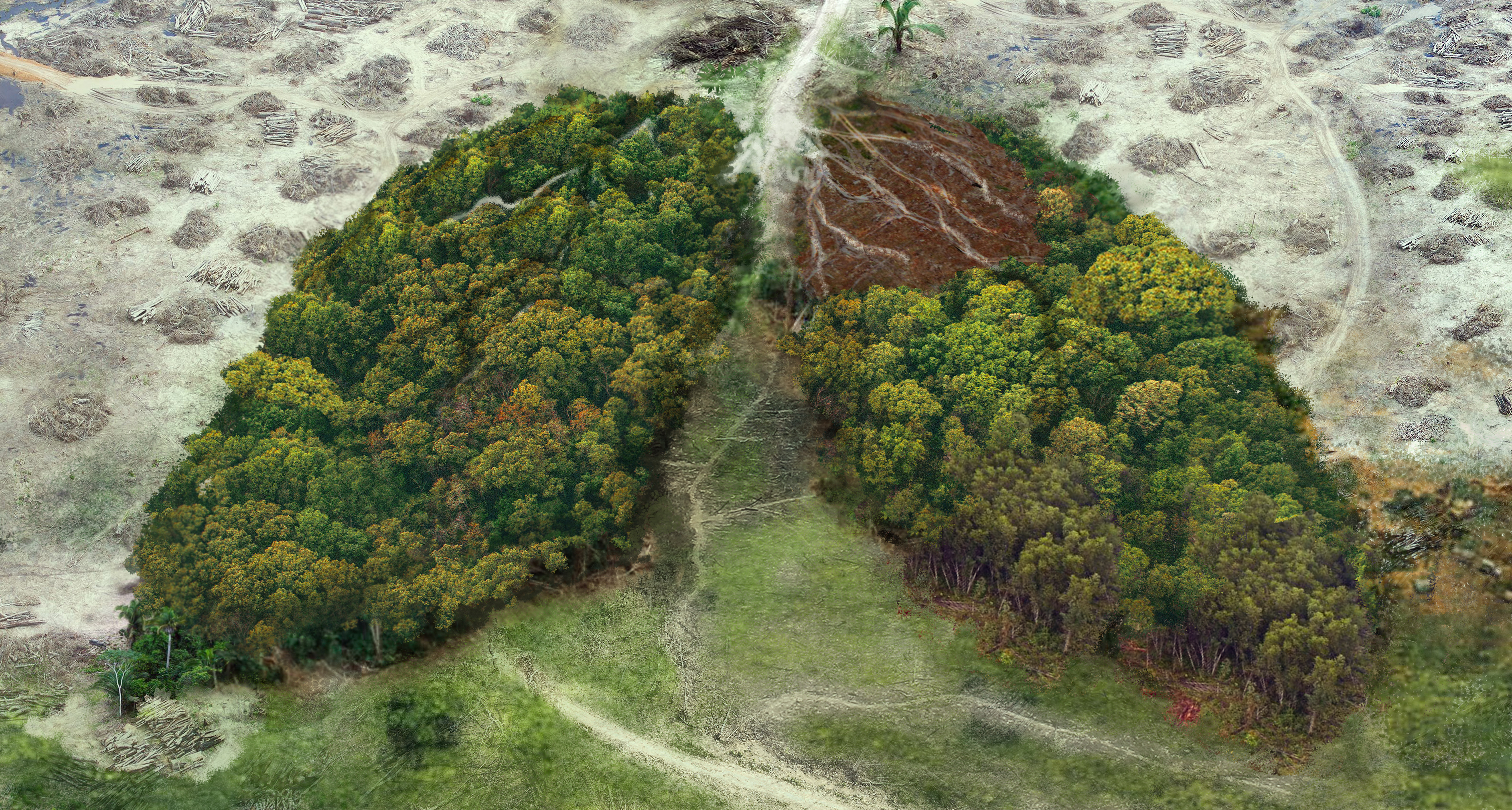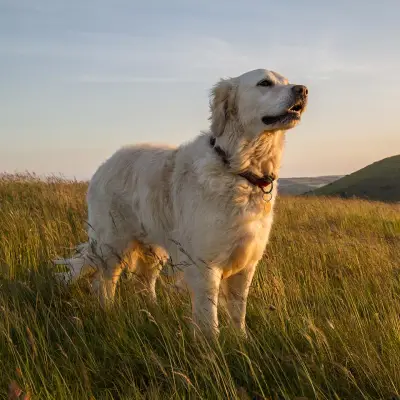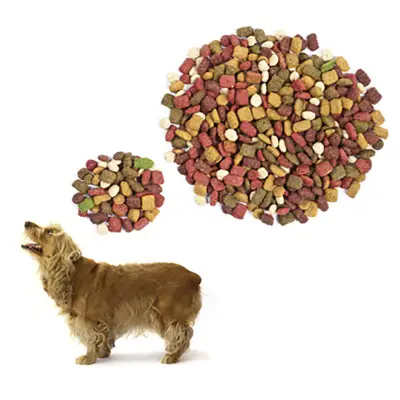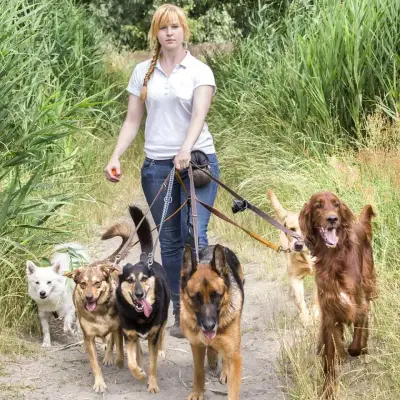Trees are more than just part of the scenery; they are essential to life on Earth, maintaining the delicate balance of our environment. Unfortunately, this equilibrium is put at risk by deforestation, which is largely driven by human activities such as widespread land development, logging for timber, and clearing land for agriculture. This process has extensive effects, including loss of biodiversity, changes in weather patterns, and increased carbon emissions.
We all need to do our bit to help the planet. Here’s how the Centre of Excellence is putting our dedication to sustainability into action, and the steps you can take to join us in making a positive impact on our planet. Sara Jones
Our Mission: Educate and Rejuvenate
At the heart of our mission, education is a force for empowerment, not just for our students, but for the planet. That’s why we're extending the transformative power of learning beyond the digital space and into the very soil of our Earth.
With every printed course material sold, we're committing to plant a tree. So, by choosing to learn with us, you’re investing not just in your future but the planet's future, too. Take a look at how many trees we’ve planted so far!
A Word From Our Founder
Our dedication to making a difference extends beyond the courses we offer. We're all for helping people grow and making society better too. These values are echoed by our founder, Sara Lou-Ann Jones:
"At Centre of Excellence, we are driven by a singular mission: to make a lasting, positive impact on the lives of one billion people. Our goal encompasses not just individual transformation through education, but also a commitment to enhancing the world we all share. We believe in the power of collective action — that each one of us has the potential to make a positive change. Together, we can forge a path towards a more sustainable, equitable, and enlightened future for all." - Sara Lou-Ann Jones

What is Deforestation?
Deforestation is the widespread clearing of Earth's forests on a massive scale, often damaging the quality of the land. Forests cover about 31% of the land area on our planet, but this is rapidly decreasing due to human activities. We need trees to keep our environment healthy, and without them, we all face bigger problems. Deforestation results in less clean air and fewer wildlife species and plays a significant role in climate change.
When did deforestation start?
Removing trees to make way for agriculture began thousands of years ago. However, the industrial age saw a significant increase in deforestation for timber, urban development, and more. This rapid deforestation has escalated in the past few decades, with significant consequences for the global environment.
What are the 3 causes of deforestation?
At its core, deforestation is driven by:
1. Agricultural Expansion
Agricultural expansion is the leading cause of deforestation. As the global demand for food rises, vast stretches of forests are cleared to create space for agricultural fields and pastures. This process is primarily for growing cash crops such as soy and palm oil and for cattle ranching—especially in the Amazon, often referred to as the 'lungs of the Earth.' The conversion of forests into agricultural land not only reduces biodiversity but also disrupts carbon storage, contributing to increased carbon dioxide levels in the atmosphere.
2. Timber Harvesting
The demand for timber for construction and paper products is another major factor driving deforestation. Forests are being cut down at an alarming rate to supply the world's wood and paper industries. This logging can be unsustainable when it exceeds the forest's natural capacity to regenerate, leading to a depletion of this natural resource. Moreover, illegal logging operations exacerbate the problem, often occurring without proper management or concern for environmental regulations.
3. Urbanisation
With the global population predicted to reach nearly 10 billion by 2050, the need for more housing and urban spaces is inevitable. Urbanisation leads to the clearing of forests to make way for new cities, infrastructure, and industrial areas. This expansion is not limited to urban areas; it also includes the development of roads, highways, and railways that cut through forests, fragmenting habitats and disrupting ecosystems.
The Effects of Deforestation on the Environment
The impact of deforestation extends beyond the immediate loss of habitats. It has profound effects on the environment, such as:
- Loss of biodiversity, leading to a reduction in wildlife populations.
- Increased greenhouse gas emissions, contributing to climate change.
- Disruption of water cycles, affecting rainfall patterns and water availability.
10 Facts About Deforestation You Need to Know
Looking for some quick-fire facts? Here are 10 shocking facts about deforestation that highlight its effects:
- Over 18 million acres of forests are lost annually.
- Deforestation is responsible for about 10% of all global warming emissions.
- Nearly half of the world's tropical forests have already been cleared.
- Deforestation affects the lives of about 70% of the world's plants and animals.
- Forests provide over 1.6 billion people with jobs and livelihoods.
- Trees absorb harmful pollutants and release clean oxygen for us to breathe.
- Soil erosion, a by-product of deforestation, leads to further environmental degradation.
- Deforestation significantly impacts local communities and indigenous populations, disrupting their way of life and traditional practices.
- Deforestation is a significant contributor to the loss of fresh water sources.
- Historically, rainforests covered 14% of our planet, but today, they've decreased to just 6%.

How Can We Help the Rainforest?
Conservation is key when it comes to rainforests. Here are several actionable steps we can take to support this effort:
1. Support Sustainable Forestry Practices
Supporting sustainable forestry is about endorsing and investing in practices that respect and preserve the delicate balance of our rainforests. This means advocating for and purchasing from companies that follow rigorous environmental standards and ensure that their operations promote the health of forest ecosystems for the long term.
2. Reduce Paper and Wood Consumption
Our daily consumption of paper and wood directly impacts the health of forests worldwide. By reducing our use of these materials, we can decrease the pressure on rainforests. Simple actions like opting for digital alternatives, recycling, and using products made from recycled materials can collectively lead to a significant reduction in deforestation.
3. Promote the Use of Sustainable Palm Oil
Palm oil production is a leading cause of deforestation in many tropical regions. By promoting and choosing products that contain certified sustainable palm oil, consumers can drive demand for more responsible production practices that don’t contribute to the loss of rainforests.
4. Encourage Reforestation and Afforestation Projects, Like Centre of Excellence's Tree Planting Pledge
Reforestation (replanting trees in depleted forests) and afforestation (planting trees where there were none before) are powerful methods to restore and expand forest areas. By supporting such projects, like our Tree Planting Pledge, you can help rebuild habitats, increase biodiversity, and restore the ecological functions of forests lost to deforestation.
Centre of Excellence is more than just an online learning platform; we’re a community committed to making a difference. Every printed course you take with us does more than just teach you something new – it adds a tree to the world. This is part of our promise to help our students and the planet.
By choosing to study with us, you're investing in your own growth and the health of our planet. Browse our extensive range of online courses. Together, we'll work towards creating a brighter, greener future, one tree at a time. Sara Jones
To purchase your printed materials, please follow these steps:
- Visit your Learning Centre and click on 'My Courses'.
- Select the course for which you require materials and click on 'Buy Printed Materials'.












